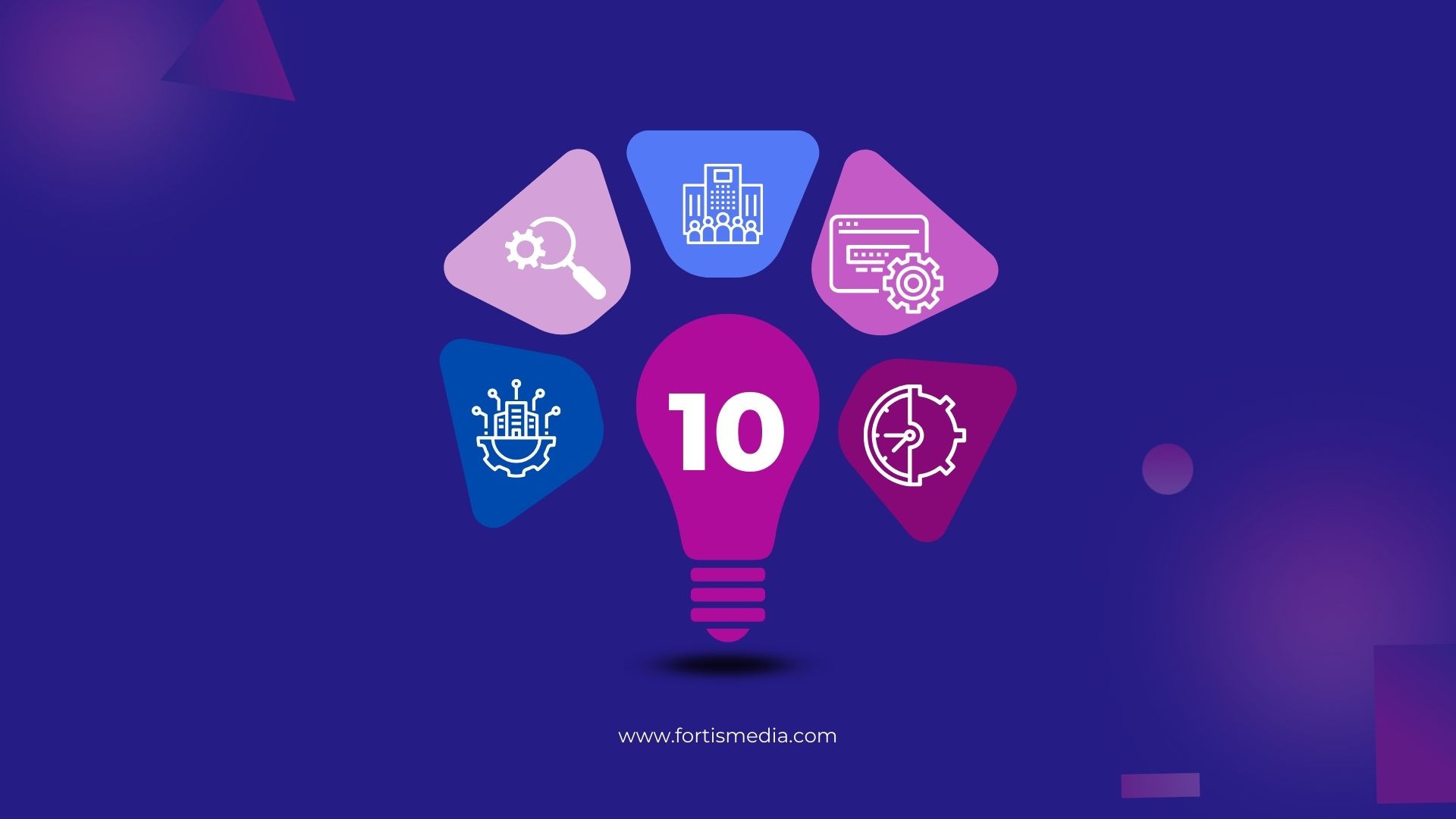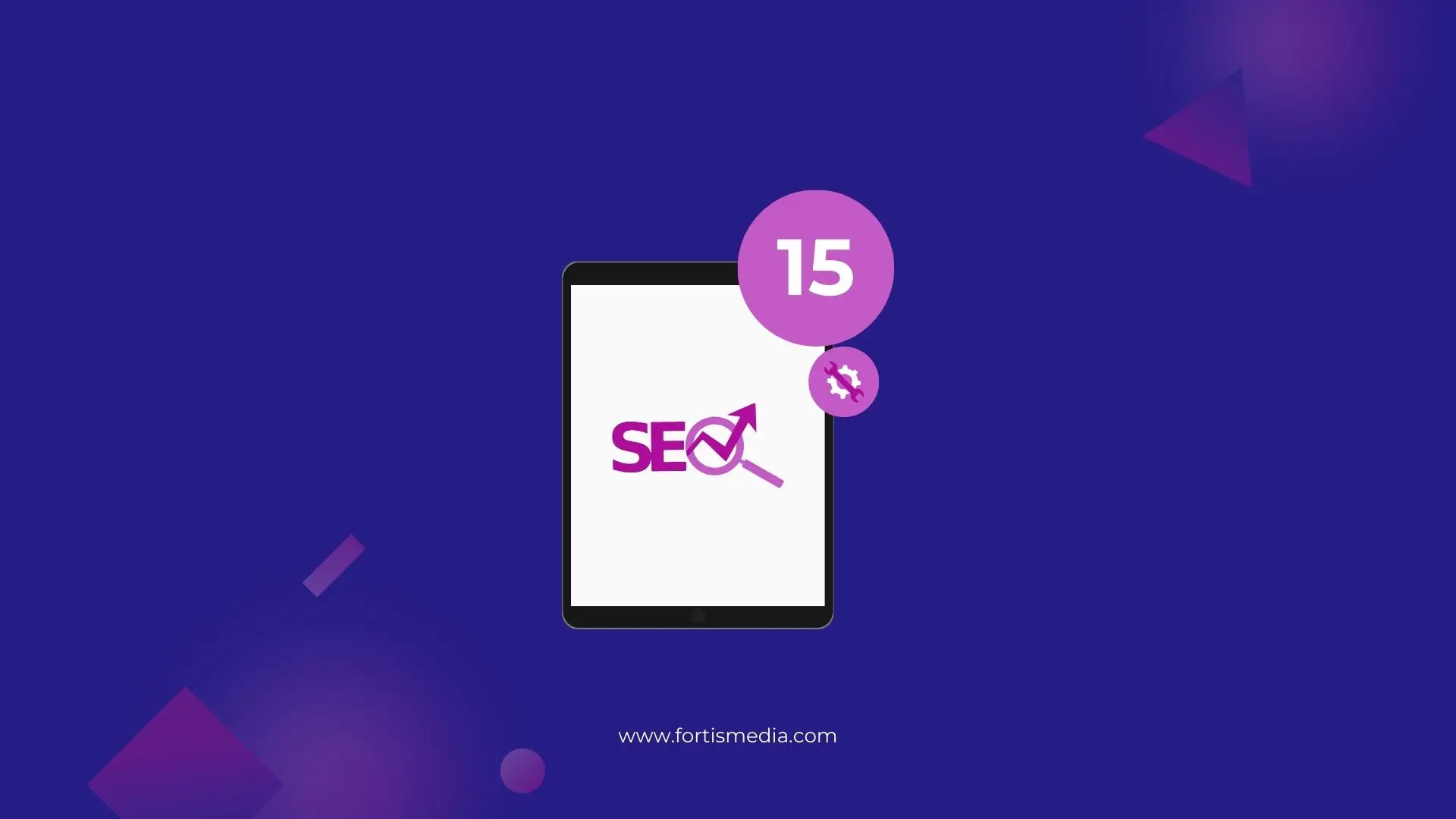10 Step SaaS SEO Checklist to Grow Your Website in 2024
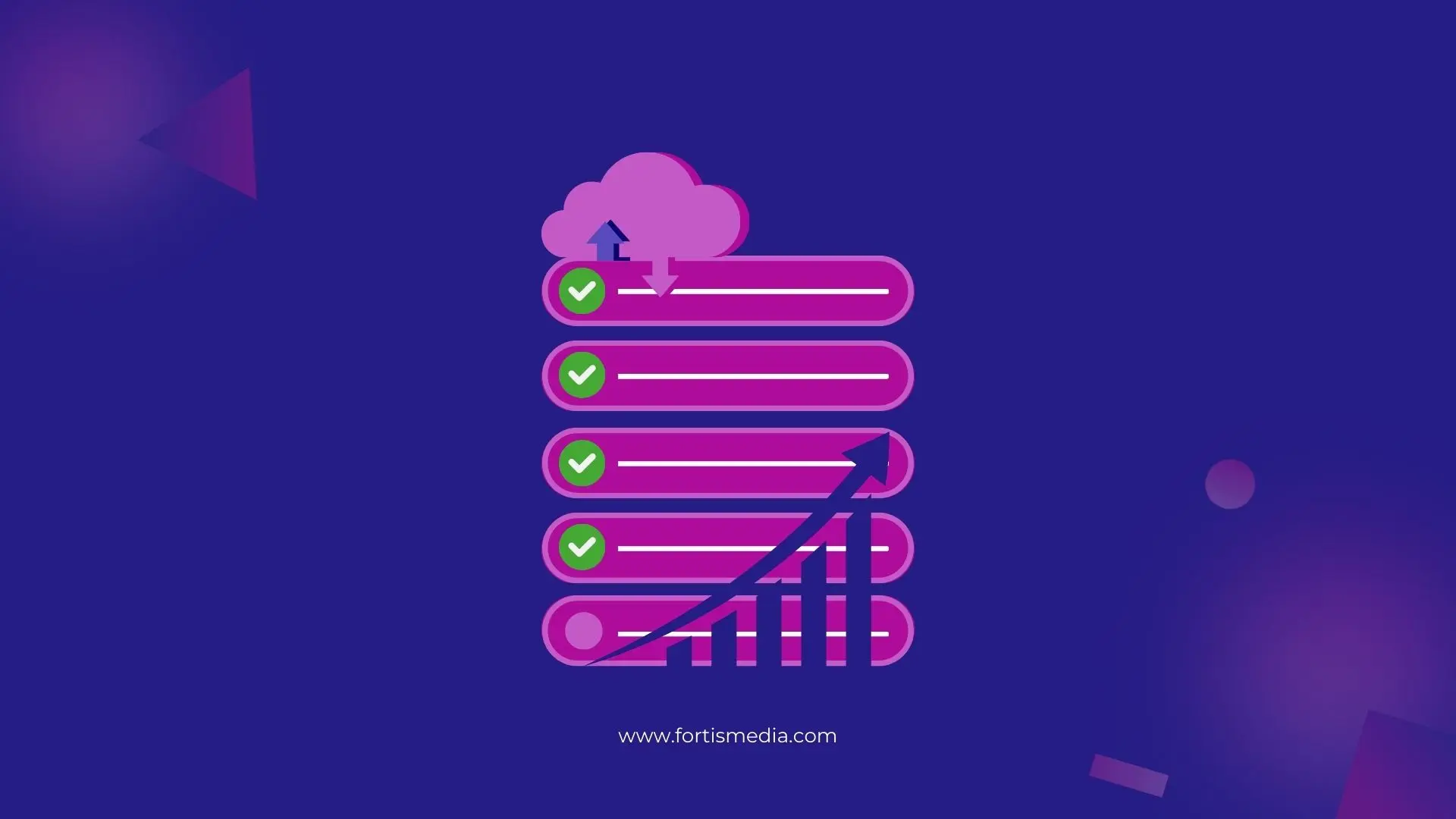
Grow Organic Traffic
Get a QuoteImportance of Having a SaaS SEO Checklist
Why do you need a SaaS SEO checklist in 2024? As you might have known by now, you don’t know exactly when the trends in the market will change. Seasonal trends are something that you can predict, but customer pain points and technological advancements will always be difficult to foresee.
Having said that, an effective SEO checklist could serve as your torch or guiding light. This list could get you back on track, especially during times when you suddenly see a dropoff in your organic traffic, click-through rates, engagement numbers, and paid ads reach.
As a SaaS company that relies on conversions and subscription renewals, it is important that you engage and re-engage with your niche customer base. It is a continuous process of addressing the ever-changing needs and interests of your audience, a responsibility that could be made easier if you follow this 10-step SaaS SEO checklist that we made for you.
10-Step SaaS SEO Checklist for 2024
With the constant changes in the SEO space, it is crucial to adhere to a set of guidelines to ensure that your SaaS website has a clear marketing strategy. These guidelines come in the form of a SaaS SEO checklist, which is an actionable list of SEO components that you always need to optimize.
SEO is not just about content creation; there are other facets, like off-page SEO and technical SEO, that you also have to prioritize. Don’t worry too much, though. Just follow this 10-step checklist and your website should be good to go.
Do keyword research
Keyword research is a painstaking process that is impossible to pull off overnight. It is a never-ending journey of getting to know your customer base, especially those who are in your niche space. You need to know where their interests lie, along with the specific problems that they need specific solutions for.
So, it goes without saying that you need to know your niche audience first. Once you get that right, keyword research will become easier because you now have a guiding light as to which direction you need to take. It also helps that you don’t have to do everything on your own. There are numerous keyword research tools with free limited versions, including the ones below:
- Google Trends
- Google Search Console
- Semrush
- AnswerThePublic
- Ahrefs
- Moz
These are just some of the tools you can use for keyword research, and the best part is they offer free versions that can immediately help you. For example, Google Search Console is already tied up with your CMS (Content Management System), so you just need a couple of minutes to set it up.
The important thing here is that you don’t stop researching the keywords that your customers are searching for. Their interests and needs change from time to time, so you need to keep up if you want to have relevant and useful SEO content.
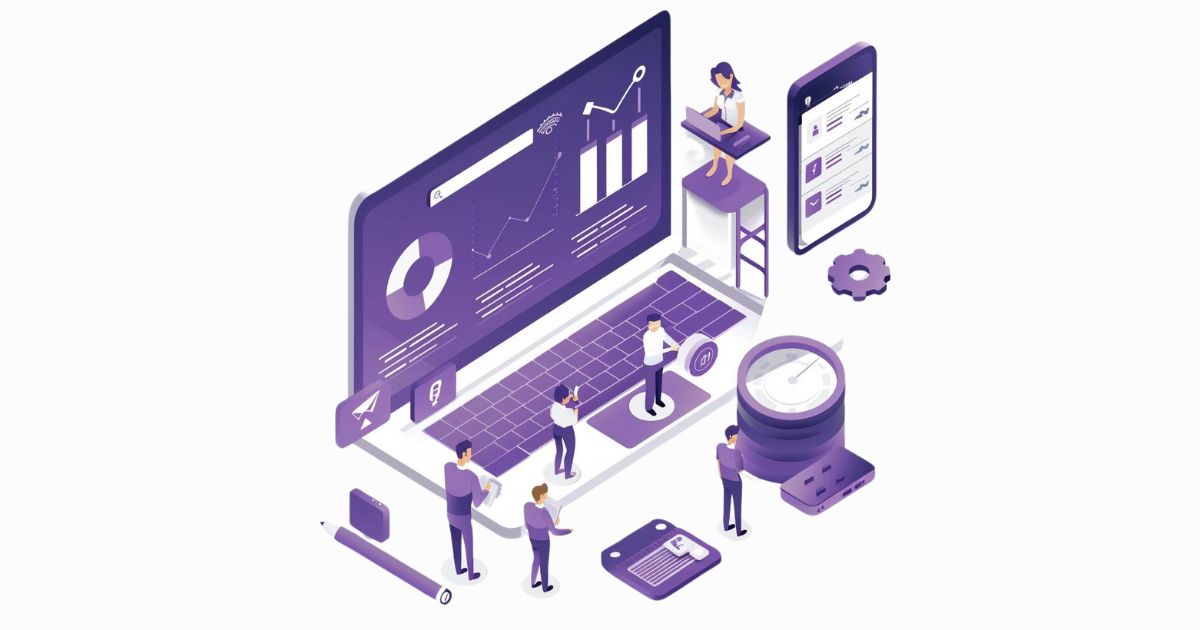
Analyze competitor movements
Competition is what you make of it; it becomes healthy when you know how to take advantage of all the possible information that you can get (legally) from it. There is no shame in knowing what they are capable of and what they are not, and it’s also all good and nice to analyze their positive and negative impact on your niche market.
Doing SEO competitor analysis is a crucial part of your SaaS SEO checklist, as this gives you a glimpse of the things you need to do and those that you would want to avoid. To start your SEO competitor analysis, the first step is to know who your competitors are, something that you can do by checking which websites are ranking on the first page of your niche-relevant keywords.
Once you have a list of competitors, you now have to look for their specific strengths. What are the keywords that they are ranking for? Do they have striking headlines and unique CTAs (Call To Action)? How are they doing on social media platforms?
You have to remember that the SaaS space is an enormous market — it is bound to reach the $230-billion threshold by 2024. You will always have competition, but it’s up to you if you want to make it a healthy one.
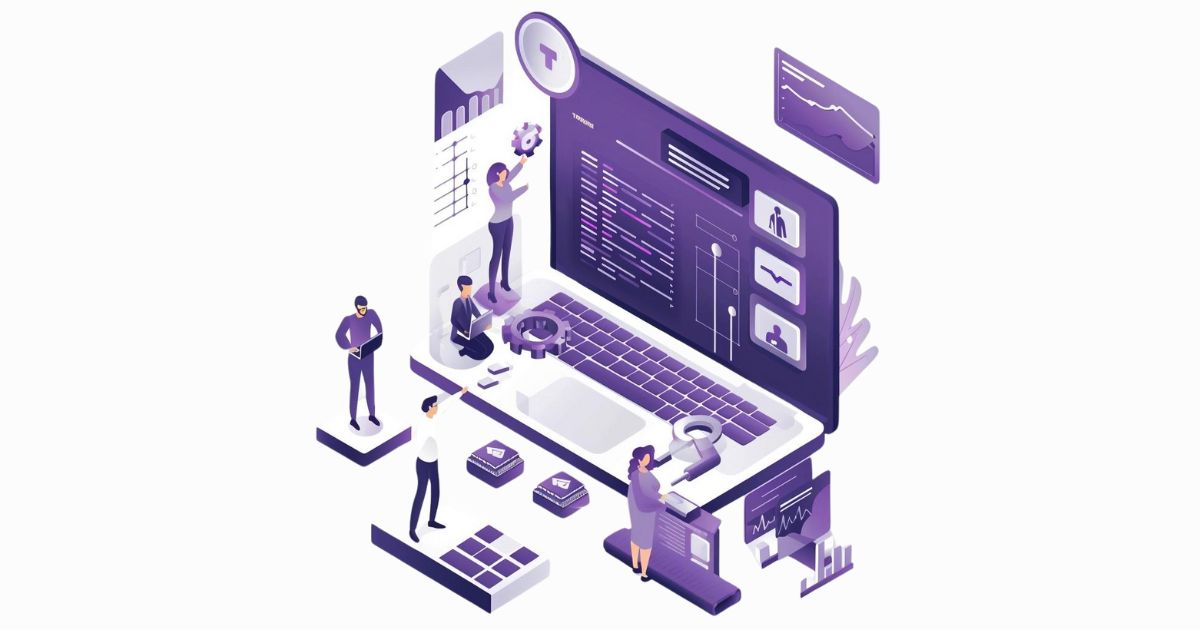
Outline a customer-centric content strategy
After checking the first two boxes (keyword research and competitor analysis) in your SaaS SEO checklist, the next step is to outline your content strategy. When developing a new SaaS website or optimizing a current one, the first thing that comes to mind is to improve your product landing pages. That is only partly true since there’s a gold mine of content types that you can create to make your website more visible and informative.
Having keyword-rich and SEO-optimized product landing pages is very important, but you should also pour energy into creating helpful content for your audience base. After all, this type of content is what Google is encouraging websites to focus on, as it directly addresses the pain points of the users. There are different types of SaaS SEO content that you can cover, including:
- Case studies
- Testimonials and reviews
- Video content
- Whitepaper
- News and updates
Most importantly, you should also pay attention to how relevant your content is. If you’re optimizing your content strategy, it is vital that you check if your articles and posts are still up to date with what’s going on in the market. Don’t hesitate to update your content pieces, especially those that have trending keywords and topics.
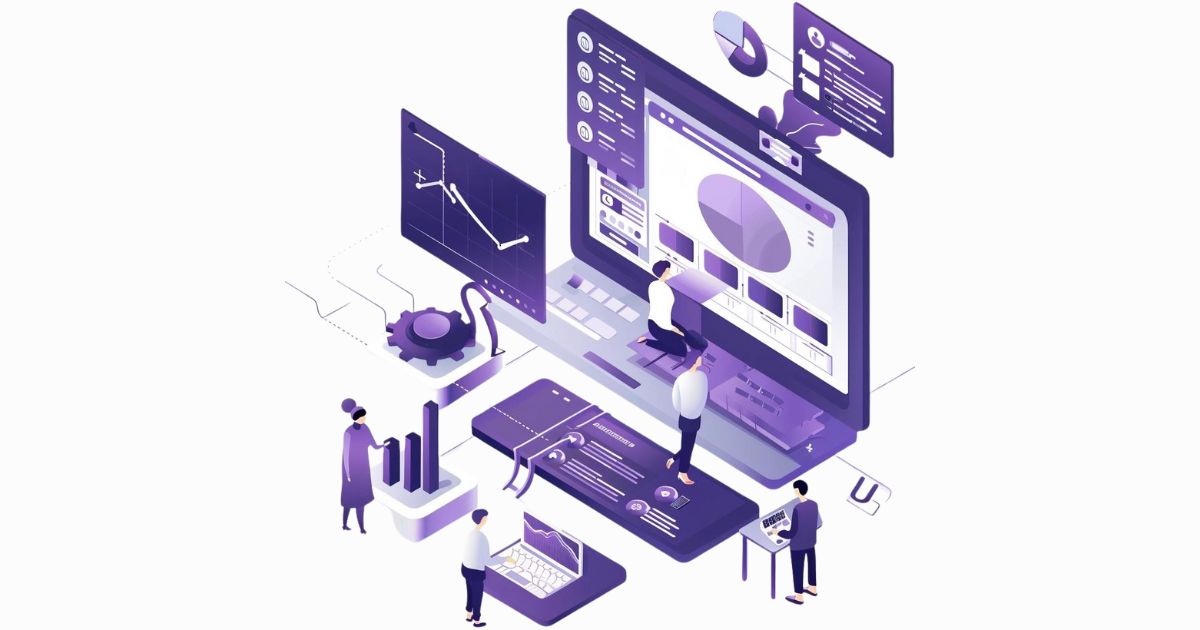
Review your on-page SEO elements
Along with keyword research and helpful content, optimizing your on-page SEO elements is a must if you want to rank on the first page of major search engines like Google. On-page SEO refers to the components that could enhance UX (User Experience) and readability while also making it easier for search engines to understand and rank your content.
Even if you have a killer content strategy, it does not matter if you cannot rank on the first page due to on-page SEO errors. If you need a list of the essential on-page SEO elements that you need to regularly check up on, take a look at these components below:
- Title tags
- Headers
- Meta descriptions
- Keyword volume
- Image optimization
- Schema markup
- Page URLs
- Internal and external linking
- Page loading speed
Each of these elements has little clinks in the armor that you need to work on. For example, optimizing the images you use on a specific page is more than just reducing its file size. You should also include an image alt text, give it a specific file name, and make sure that the photo is relevant to your content.
Overall, it’s not that difficult to optimize your on-page SEO attributes. You just have to pay attention to the small details, all of which will have a big impact on your website’s visibility and ranking.
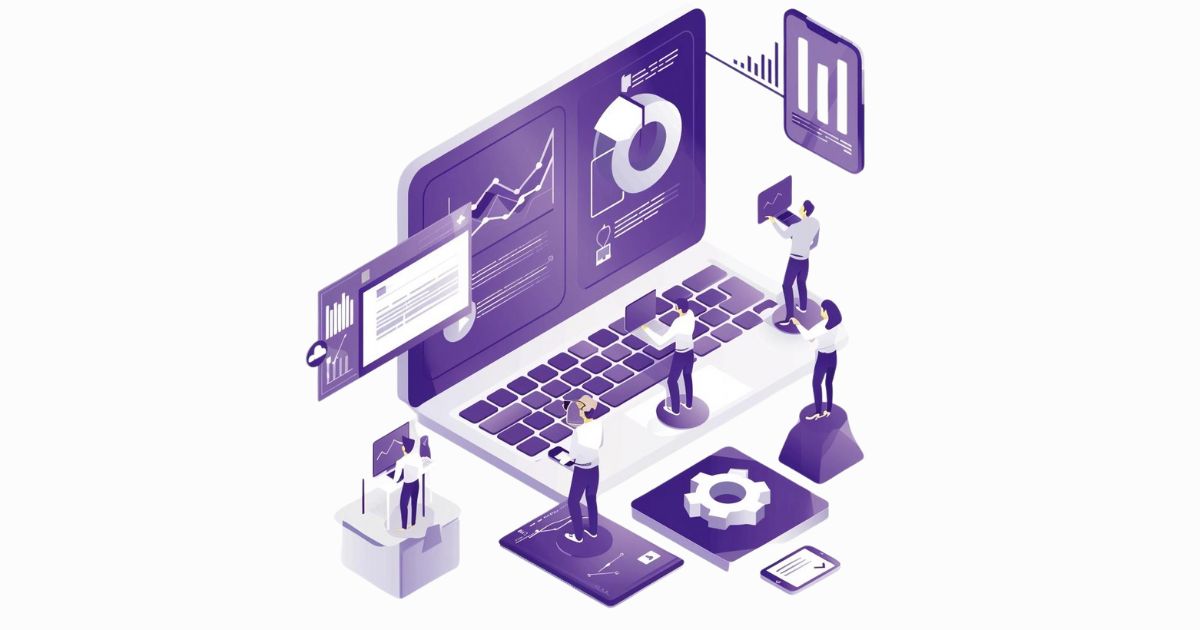
Improve mobile responsiveness and loading speed
As we mentioned in the previous section, loading speed is one of the most essential components of on-page SEO. Even in your own experience, it’s likely for you to just exit a session if a web page takes more than five seconds to load. On the web, the standard page load time should be under two seconds; anything more than three seconds could force users to click the “back” button and try a page from your competitor.
But as for mobile users, page loading speed becomes even more important. You should know that there are more people who search via their handheld devices, so it’s crucial that your website is mobile-responsive.
Of course, loading speed depends on many factors, including how fast the wireless connection or mobile network that the user is connected to. However, it doesn’t help if your page is loaded with too many multimedia elements and advertisements. A heavily packed page would take forever to load, and it doesn’t bode well for readability, either.
To emphasize the importance of mobile responsiveness, Google is encouraging websites to prioritize mobile-first indexing. This is of no surprise, given that the larger chunk of searches and queries come from mobile devices. So, we recommend that you stay up to date with search engine algorithm changes and make sure that your website is intuitive and responsive on mobile platforms.
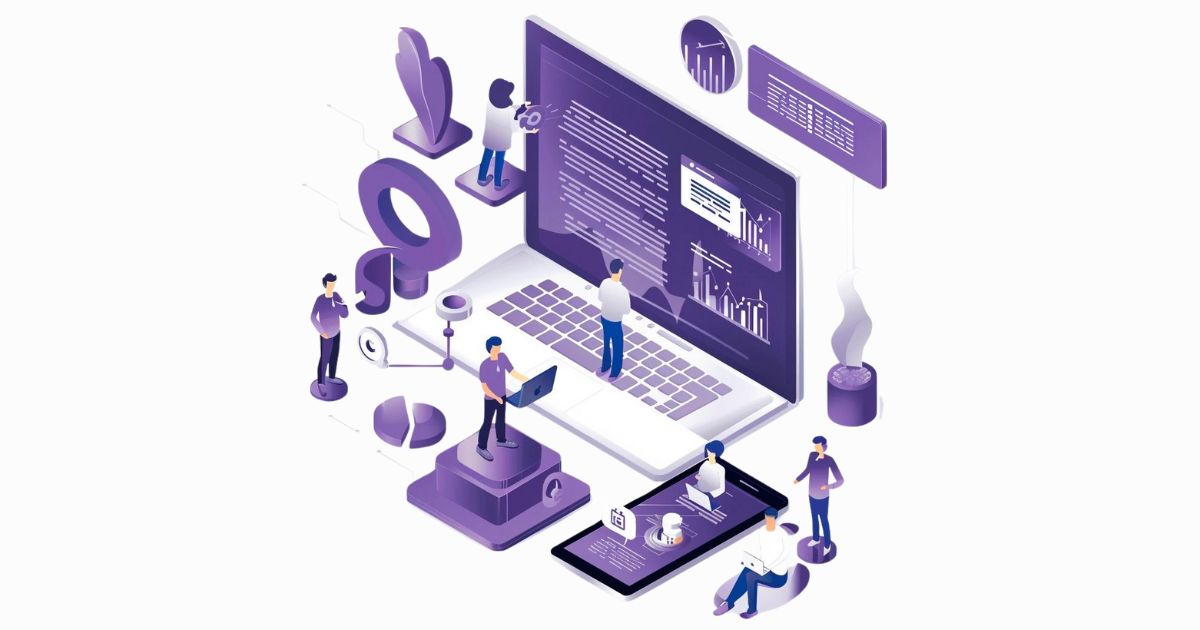
Enhance page readability
Knowing what to write about and who to write it for are essential in your SaaS SEO content strategy. As soon as you have identified the pain points of your customers, content ideas will come trickling in for you. The next step is to write every piece with gusto, aiming to educate your audience and provide them with a solution for their problem.
However, there is one aspect of content writing that many people tend to overlook. For your readers to stay in session and read through the entire piece, you have to improve the readability asset of your content. Readability is very important, especially in the case of long-form pieces of informative content.
Do you have straightforward headings for each section of your piece? Are you prioritizing helpful and creative content rather than stuffing the piece with keywords? If your answer is yes to these questions, that’s a good start. There are more things that you can do to improve page readability, including the ones below:
- Avoid using extra-long sentences as this can exhaust the readers
- Avoid using too many technical terms or idioms
- Avoid being too authoritative; use a conversational tone
- Avoid the use of too many images
- Avoid inserting too many internal and external links
Page readability contributes a lot to your SEO score, especially in terms of bounce rate, engagement rate, and session duration.
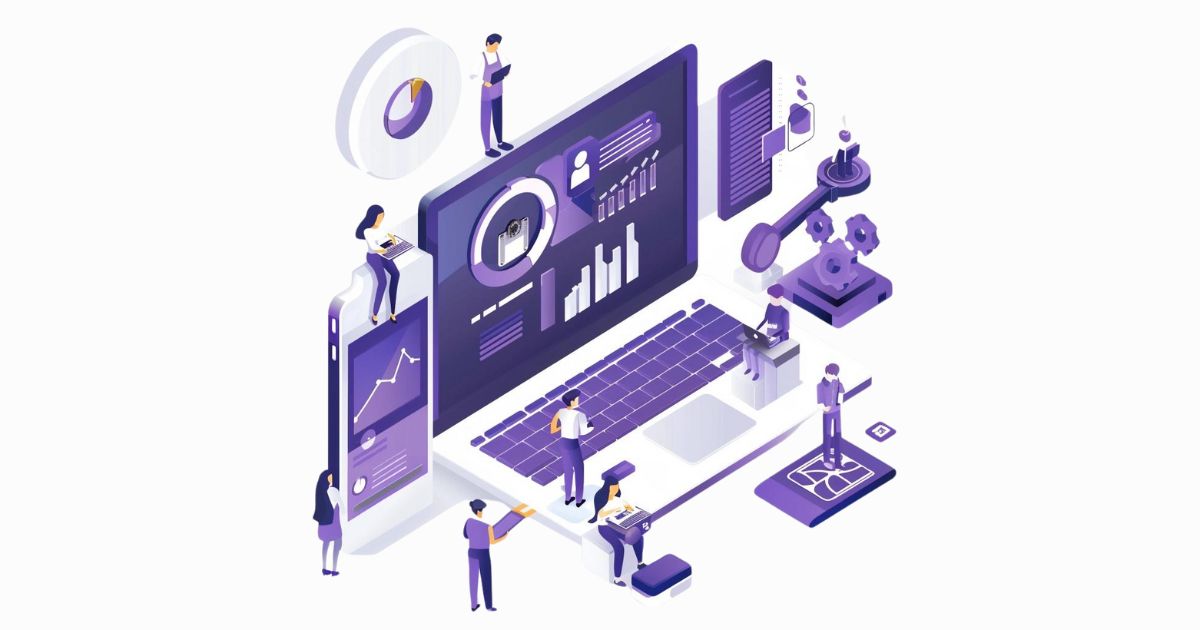
Streamline website architecture and navigation
Your website should not feel like a maze or a puzzle for your visitors. There should be visible buttons and categories for each section of your site so that it becomes easier for users to see what they are looking for. These characteristics make up your website architecture, which is very important in your search engine rankings.
If your website looks random and out-of-sorts, users will be discouraged from exploring what you have to offer. This will result in a very high bounce rate, which will affect your rankings. On top of that, it would also affect how search engines will crawl your site.
So, if you want to improve your website architecture and navigation, here are several principles to get you started:
- Simplify your navigation menu. Create a direct list of important categories.
- Update your HTML and XML sitemap regularly.
- Include keywords in your URL structure.
- Make a consistent structure of categories. Names of categories and sub-categories should be consistent throughout the site.
- Add a search button where users can type in the keywords to what they’re looking for.
Most importantly, your internal linking structure should be precise and relevant. This would encourage your users to click more internal links on your pages, something that could improve your SEO rankings.
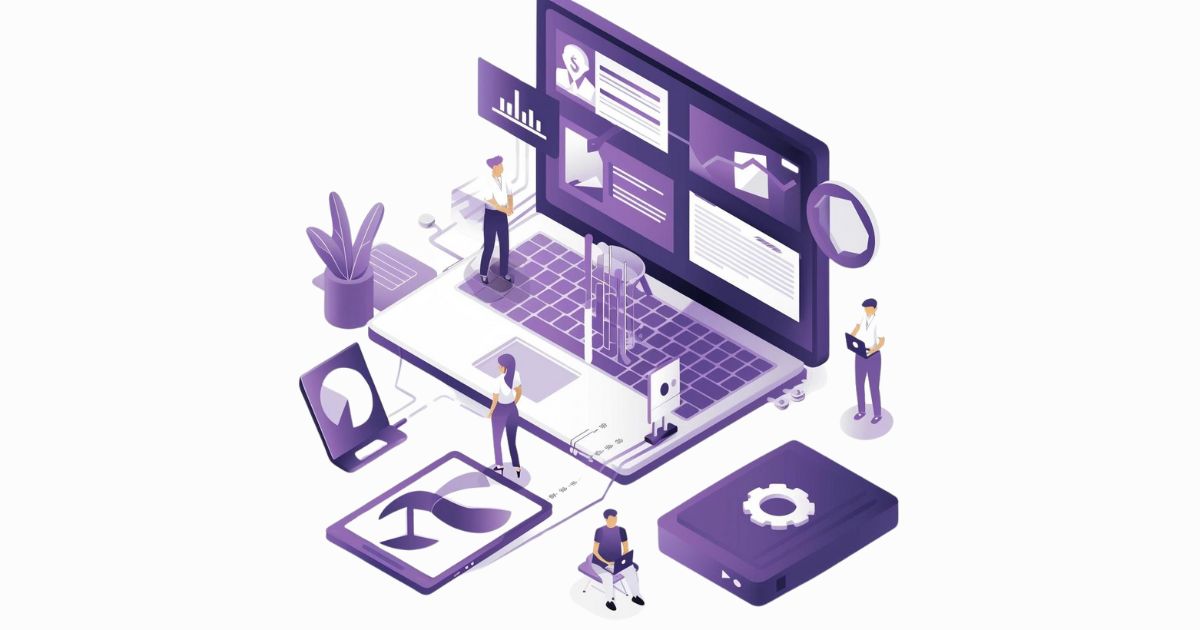
Amend any technical SEO errors
Speaking of website architecture and navigation, these technical attributes should always be included in your SaaS SEO checklist. Refining your site navigation is just the first step in optimizing technical SEO, as there are other aspects that you need to regularly check.
For example, page loading speed and mobile responsiveness are also essential elements in technical SEO. We won’t dive deep into that as we already discussed these factors in the previous sections. There are more to technical SEO, including these components that we listed for your reference:
- Check for duplicate content errors
- Identify crawl and index errors
- Submit XML sitemap to search engines like Google
- Review your robots.txt file
- Check for broken links or 404 error pages
On top of all this, there’s also the fact that you need a web host that has the capacity to keep your website up and running. There are tons of good and cheap web hosting providers out there, including Hostinger, Bluehost, HostGator, DreamHost, and SiteGround. You should choose a hosting option that can accommodate the amount of traffic your drive, along with the size of your website.
As you continue to create more content for your website, it’s important to regularly have a technical SEO check-up to make sure that potential visitors will not stumble upon broken links or duplicate pages.
Refine backlink strategies
When you want to apply for a job or a position in graduate school, you tend to ask for recommendations from your previous employers or teachers. These recommendations will speak of your character and capabilities, which would make you look better and increase your chances of landing your desired position.
Earning backlinks from other high-authority websites has a similar purpose to that of asking for a recommendation letter. It boosts your website credibility and offers you exposure on authoritative websites that drive thousands or even millions of monthly traffic. Most importantly, this helps improve your search engine rankings and your domain authority as well.
However, getting backlinks from high-authority websites is not as easy as 1-2-3. Many people are inclined towards buying backlinks, which is not illegal but isn’t encouraged as well. This strategy is not a type of organic growth, which is something that search engines do not prioritize.
To earn backlinks, you need to craft highly informative and helpful content that other websites will notice and link to. If you are trying to reach out to websites for guest posts, you have to aim for those who are in a similar or relevant niche as yours. This way, you’re tapping into a customer base or a market that you’re in as well.
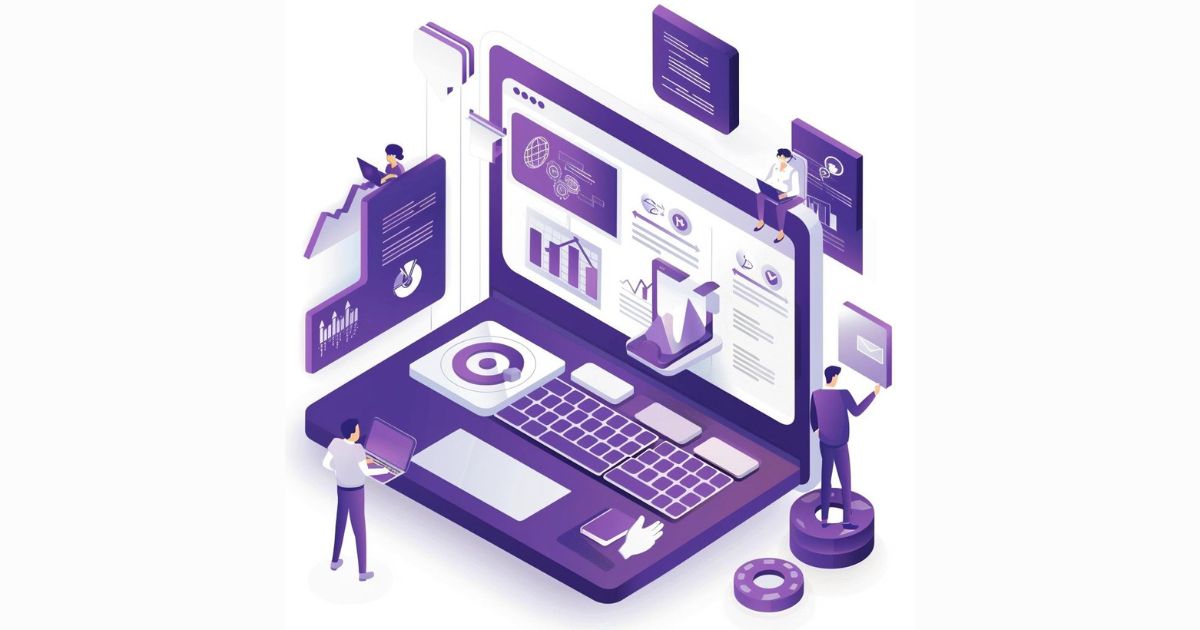
Create clear-cut CTAs
With all the technicalities and intricacies that it has, SEO is a digital form of marketing. It emphasizes providing (not promising) real solutions for your niche customer base while aiming for organic growth in terms of brand awareness and visibility. It’s no surprise that SaaS companies are diving deeper into digital marketing, with SEO as one of the most important focal points.
Similar to other forms of marketing, promoting your brand through attention-grabbing headlines always has a level of effectiveness. Also known as CTAs, these lines serve as your audition for your potential customer’s attention. If they become enamored with your CTA, chances are they will be interested in your product or service as well.
This is the reason constantly optimizing your CTAs is a big part of your SaaS SEO checklist. Along with the attention-grabbing headlines, CTAs could also come in the form of clickable buttons that will take your customers to a page that they’re interested in. Make sure that your CTA buttons are visible, and always check that the pages that they are linked to are optimized and working.

Optimize your landing pages
Speaking of optimizing links and pages, your landing pages should always be revised and updated. Since these are the pages that you are actively promoting and sharing on your platforms, they act as your brand’s first impression to your audience’s eyes. Make a wrong one, and you will lose out on a potential customer.
So, how do you optimize your landing pages to the tune of your branding? The first step is to always identify the current pain points of your audience. The main reason why you need to regularly refine and reword your landing pages is because the interests of your customers change over time. Your landing pages should always be aligned to these current interests, along with seasonal trends in the market.
As times change, the things that compel your audience alter as well. If you want to make your landing page seem inviting and relevant, constantly researching your audience is the way to go. Make sure that your CTAs, headlines, product descriptions, and the whole copy is updated to a customer-centric concept.

Keep up with search engine updates
Along with the changes in your niche market, you should also know that search engines like Google roll out updates as well. It could come in the form of minor algorithm changes, or it could be in the form of a significant one, just like the Helpful Content update they launched in 2022.
For example. Google rolls out updates almost every month. For your reference, you can find out about their updates through their Google Search Status Dashboard. Make sure to check this page each time out so as not to miss out on search engine changes that might impact how your website ranks.
Conclusion
To help your website maintain its relevance in your niche market, you should regularly review your SaaS SEO checklist. As you know by now, the SaaS space is constantly evolving, especially with market trends and customer pain points. When you combine that with the ever-changing nature of SEO, there are tons of avenues that you need to stay up to date with to ensure that your website is at par with your competitors.
From keyword research and content strategy to on-page and technical SEO elements, this SaaS SEO checklist is your guiding light toward increasing website visibility and awareness. The good news is that these are not so difficult and time-consuming to complete, that is, if you don’t wait for small errors and issues to pile up into big ones. To save time and resources, we recommend reviewing this checklist from time to time.
Follow this SaaS SEO checklist that we made for you, and make sure that your website is protected against errors and issues. If you want to have more detail about how to rank higher just contact us.

